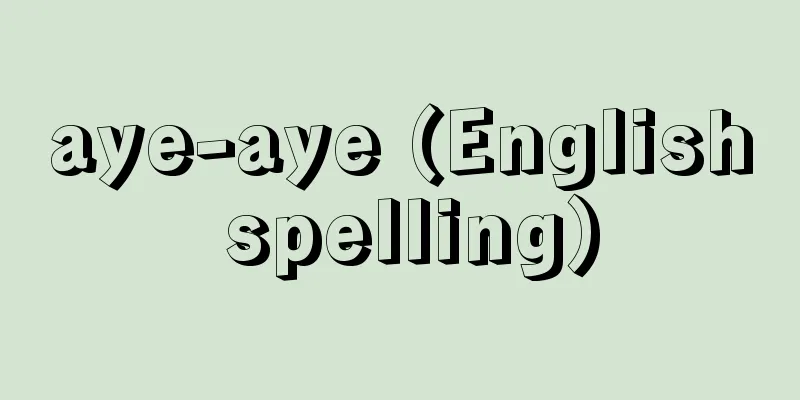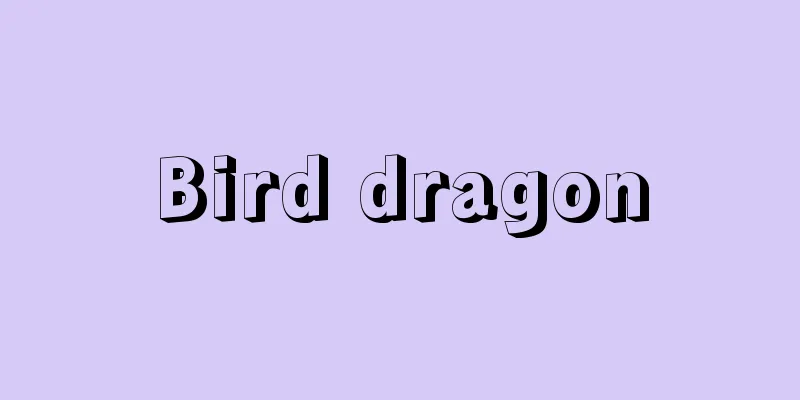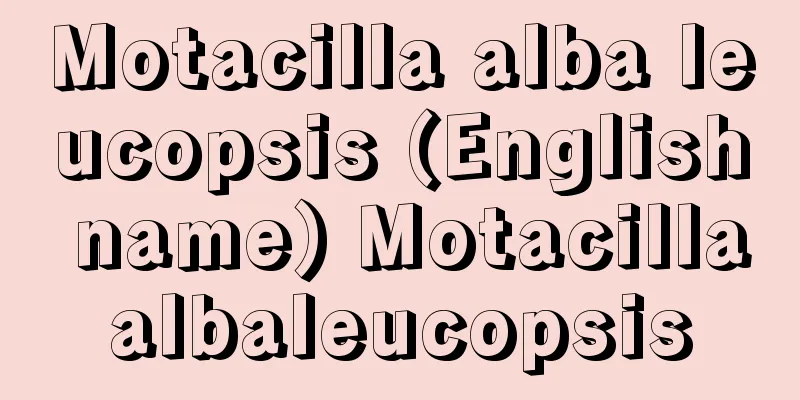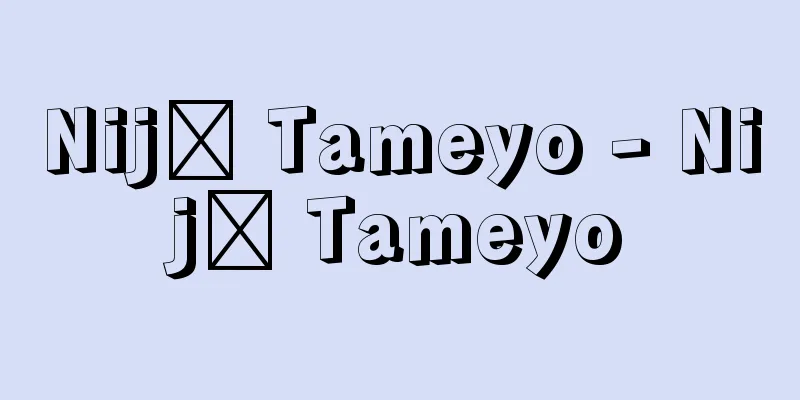aye-aye (English spelling)

|
An animal of the Aye-aye family of the Primates order of the Mammalia class. Also known as the Ubizaru, this prosimian monkey has one family, one genus and one species. It is endemic to the island of Madagascar, and is found in the rainforests of the northeast and northwest. Its head and body length is about 40 cm, and its tail length is 50-60 cm. Its hair is a mixture of short and long bristles, and it is dark brown or black, with parts of its face and chest being whitish. It has a bushy tail, and its eyes and ears are large. Its muzzle is unique, protruding like a squirrel's, and its teeth are [Shigeo Uehara] ©Tomita Hyakushu "> Aye-aye's front leg (right) Source: Shogakukan Encyclopedia Nipponica About Encyclopedia Nipponica Information | Legend |
|
哺乳(ほにゅう)綱霊長目アイアイ科の動物。別名ユビザルともいう原猿で、1科1属1種。マダガスカル島の固有種で、北東部および北西部の多雨林に分布する。頭胴長約40センチメートル、尾長50~60センチメートル。短い毛と長い剛毛が混生し、暗褐色ないし黒色で、顔の一部と胸は白っぽい。尾はふさふさとしており、目と耳介は大きい。鼻口部が特異でリスのように突出し、歯式は [上原重男] ©冨田百秋"> アイアイの前肢(右) 出典 小学館 日本大百科全書(ニッポニカ)日本大百科全書(ニッポニカ)について 情報 | 凡例 |
Recommend
The Four Gentlemen of the Jiading Period
…He was born in She County, Anhui Province, and l...
Boat-billed heron (English spelling)
A bird of the Heronidae family in the order Ciconi...
Safety lamp - Anzento (English spelling)
A lighting device used in coal mines where explos...
Kwajalein [island] - Kwajalein
…The world's largest atoll, located in the ce...
Hatake
Hague is a type of eczema that appears as round, w...
Kibuto - Kibuto
…Egyptian Christians who belong to the Coptic Chu...
Horse stable - umagoya
〘 noun 〙 A stable for keeping horses. A stable. ※Y...
special educational needs
...The following will focus on education for chil...
Mitsu
Located on the eastern edge of the inner Suruga Ba...
Hana Ueno Homare Stone Monument - Hana no Ueno Homare no Ishibumi
Joruri. Historical piece. 10 acts. A collaboration...
Choral polyphony
...Polyphony, which had previously been used main...
Gehyra mutilata (English spelling) Gehyramutilata
...They lay eggs once or twice a year, two at a t...
Vivier, C. (English spelling)
…M. Aime's childhood stories are full of fant...
Mosquito net - Kaya
A type of bedding. It is also written as mosquito...
Mueller, O. (English spelling) MuellerO
…However, they did not form a stylistic school or...









